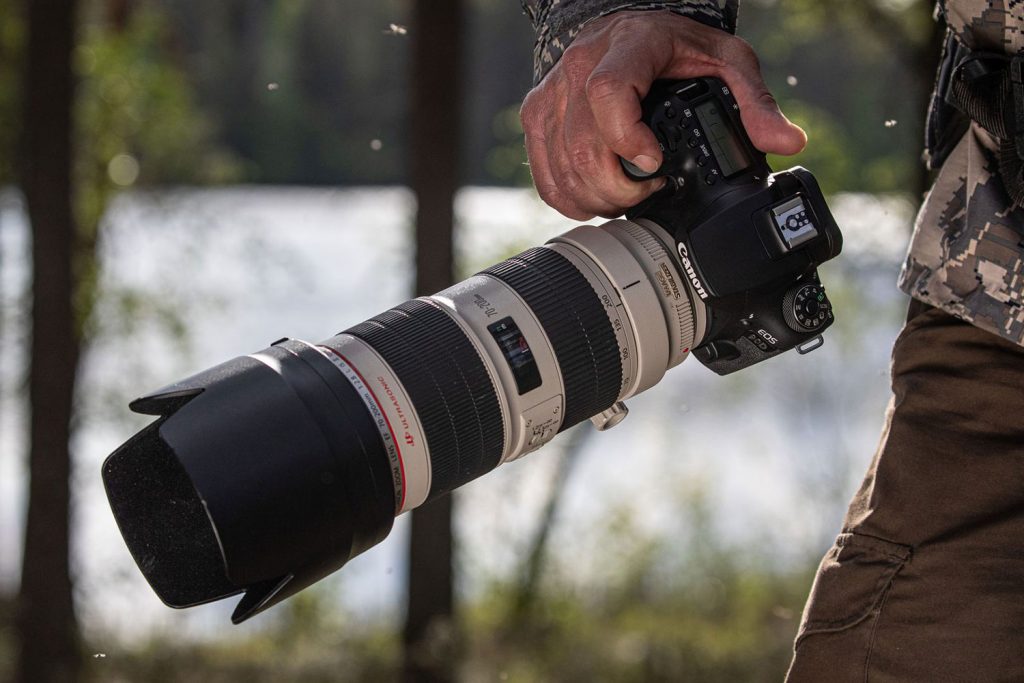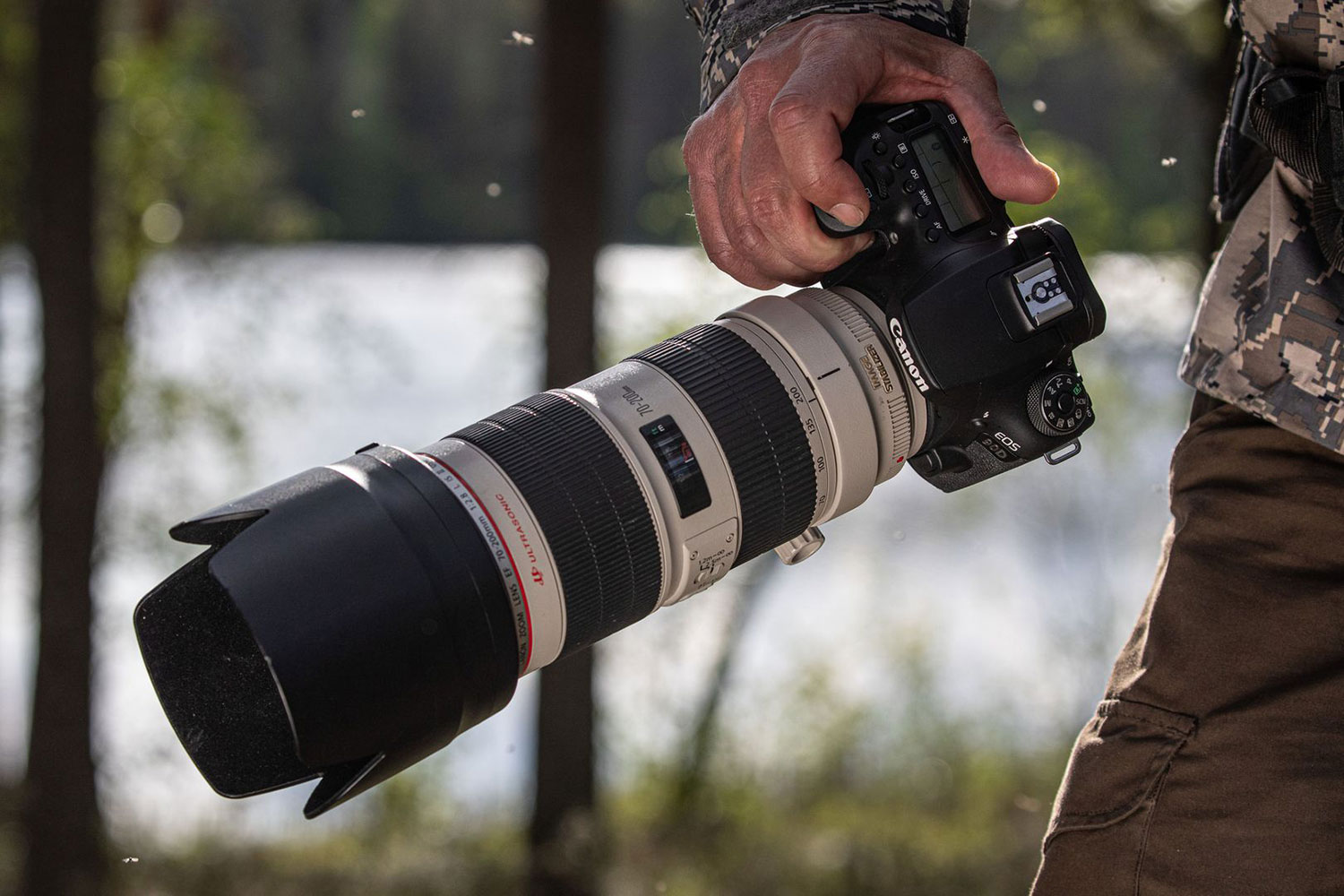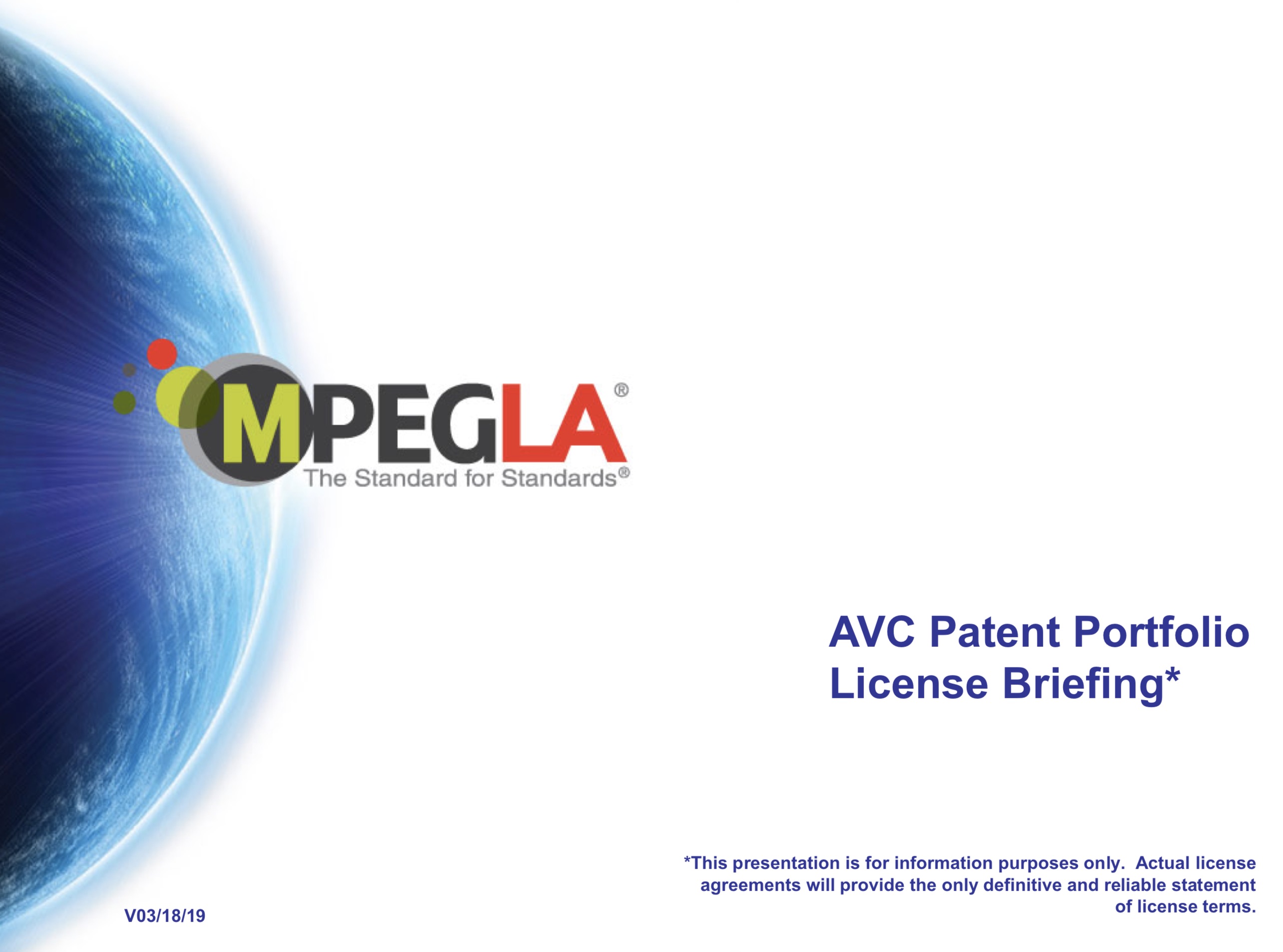
A particularly strange virus has spread across the internet, which seems to infect people defending Canon’s latest cameras, shorn of the cinema frame rate 24p.
I don’t know how these trends start – probably seeded by Canon reps for all I know?
The story goes like this – Canon wants to save you money! The heroic charity camera company wants to offer cameras like the $899 EOS M6 Mark II for incredibly cheap prices and to do this, they have to save every cent in manufacture and development costs, including… wait for it… The 10 cents per unit it costs to license the fabled H.264 video codec frame rate 24p.
By chipping away at frame rates YouTuber’s don’t use any more, Canon can just about dip under the $1000 mark for a 4K camera.
Amazing what people believe isn’t it? Let’s look at the FACTS:
- The H.264 consortium has a licensing fees cap for big companies, of approximately $6.4m. It’s very likely that the largest photographic/video company in the world reach this cap every year, therefore removing H.264 altogether from the EOS M6 Mark II would not have saved a single cent in licensing fees.
- There are no references to individual fees dependant on frame rates in the official H.264 documentation. You license a H.264 profile as a whole. It’s free if you’re selling under 100,000 units per year, or $0.20 per unit if you sell between 100,001 and 5 million units per year. Over 5 million units per year, the fee reduces to $0.10 per unit.
- This licensing fee goes towards a long list of companies who hold patents in the relevant technologies which make H.264 possible so they can be rewarded for their invention. The patent fees don’t discriminate on frame rate. You are using the same compression, encoding and streaming technology regardless of 24p or 30p H.264. Sony, Apple, Samsung, Panasonic, Microsoft and Google are amongst the various patent holders.
- The licensing document (PDF here) is but a short Google search away.
Now consider this…
The Canon EOS RP offers 4K 24p but no 1080p at 24p… And no 1080p modes at all in Super 35mm mode. Arbitrary snips like this are not technical or licensing based in nature. There’s simply no evidence for that.
In my opinion, Canon is being Canon. It is to get those who need S35 1080p for pro work to upgrade to the more expensive EOS R. Likewise on cameras such as the 90D or EOS M6 Mark II which lack 24p at any resolution, the ploy is to get enthusiasts interested in cinematic 24p to upgrade to the EOS RP. There is a carrot at each step of the ladder.
The 90D is aimed at wildlife photographers and the EOS M6 Mark II is practically an Instagram camera. Canon want videographers and enthusiast filmmakers to buy something MUCH higher-end.
It’s a shame Canon’s people can’t just admit the truth and tell the truth to their customers. They’d generate much more goodwill if they came clean. Instead I am sure they’ll dodge the question until the cows come home even when it’s the BBC asking the questions at Photokina. At the upcoming IBC show this year I am sure their reps will dodge the question about 24p or worse just lie about the licensing fees or whatever bullshit they read off the internet the day before – most of them probably even believe it themselves!
In my opinion Canon needs to be more honest about why they curtail certain features and segment product lines. It’s only business after all, it’s not criminality.
Every time they say it’s a technical limitation, processing power, licensing fees, or cost cutting to get it to a certain price around $1000, it seems to go against the evidence.






